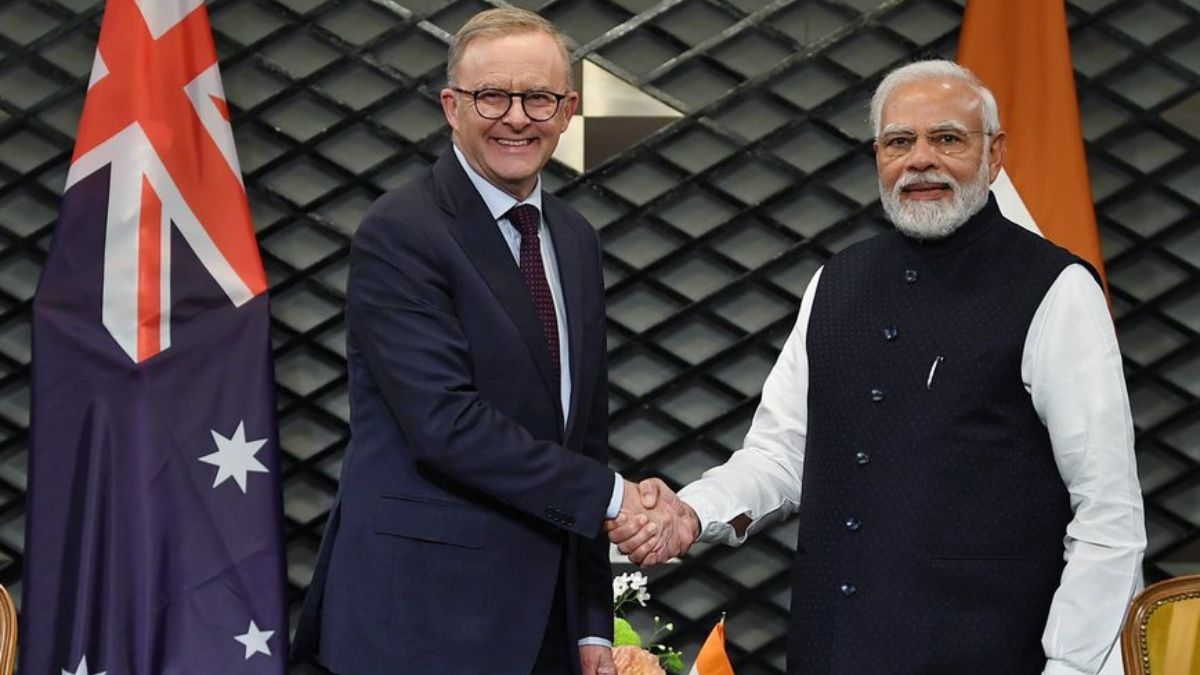Strong Australian jobs figures lower expectations of pre-Christmas interest rate cut

- by Admin
- October 17, 2024

Australia’s economy added far more jobs than expected last month, making it less likely the Reserve Bank will be opting for an interest rate cut this side of Christmas.
The gains lifted the number of extra jobs since the Albanese government took office to more than 1 million, treasurer Jim Chalmers said.
The unemployment rate in September was 4.1%, the Australian Bureau of Statistics reported on Thursday. Economists had predicted the rate would remain at the 4.2% rate initially reported for August. The ABS has now revised August’s rate down to 4.1%
The economy added 64,100 jobs last month. Economists had predicted a net gain of 25,000 jobs or about half the 47,500 created in August, according to the ABS. Of the new jobs created in September, 51,600 were full-time roles.
The participation rate, one measure of the share of working-age people in the labour market, came in at a record 67.2%. Hours worked also increased to 1.97bn.
The strength of the labour market has been one reason why most households have so far been able to weather the sharpest burst of inflation and interest rate hikes in three decades.
Still, shrinking job ads and vacancies point to an emerging weakness in employment. Both Treasury and the RBA are forecasting the jobless rate will rise to about 4.4-4.5% by the middle of 2025, a figure still lower than most years since the mid-1970s.
Prior to Thursday’s release, the Albanese government had said almost 978,000 jobs had been added since it came to office in May 2022 and today’s addition tipped that number over the 1 million mark. The next closest tally, in absolute terms, was the final term of the Howard government between 2004-07.
“This is the first and only time any government of any political persuasion has overseen the creation of a million new jobs in a single parliamentary term,” Chalmers said. “We welcome the fact that the majority of these million new jobs are full time and around half are for women.”
Whether the government can maintain those bragging rights will depend on the timing of the federal election and whether the RBA has started cutting its cash rate by then.
Ahead of the latest data, investors were betting on a 40% chance of a rate reduction by December and 70% of one by February.
after newsletter promotion
The Australian dollar moved about a third of a US cent higher to just under 67 US cents and stocks pared their gains for the day after the jobs figures landed. Those moves implied investors had reduced their estimates of how soon the RBA would be cutting the cash rate.
“Ultimately, this means less pressure on the RBA to bring forward its rate cut timeline,” said Russel Chesler, the head of investments & capital markets at VanEck. “The hot jobs market is preventing inflation from falling much further, as it is keeping services inflation persistently high.
“The market is pricing in cuts to start by February 2025, but we believe rate cuts will start much later in 2025.”
Bjorn Jarvis, the head of labour statistics at ABS, said employment had risen 3.1% in the past year, outpacing the 2.5% population growth pace. The employment-to-population ratio has lifted by 0.4 percentage points over that time to a record 64.4%.
“While the number of unemployed people fell slightly to 616,000 in September, overall the number of unemployed has risen by around 90,000 people since September 2023,” he said.
“Despite this rise over the last year, there are still around 93,000 fewer unemployed people than there were just before the start of the Covid-19 pandemic, when the unemployment rate was at 5.2%.”
The Latest News
-
November 25, 2024Australia v India: first men’s Test, day four – live
-
November 25, 2024Australia v India LIVE updates: Australia stares down heavy home defeat as veterans face the music
-
November 25, 2024Live: Australia needs a miracle as it stares down heavy defeat in first Test
-
November 25, 2024First Test live: Steve Smith’s chance arrives after Aussie horror show
-
November 25, 2024This year-long LPGA honor came down to the second-to-last hole – Australian Golf Digest



